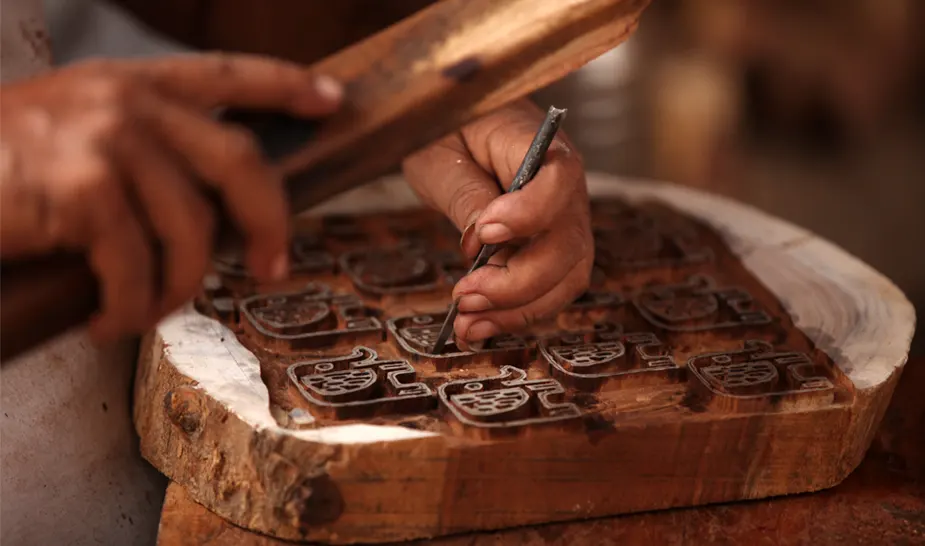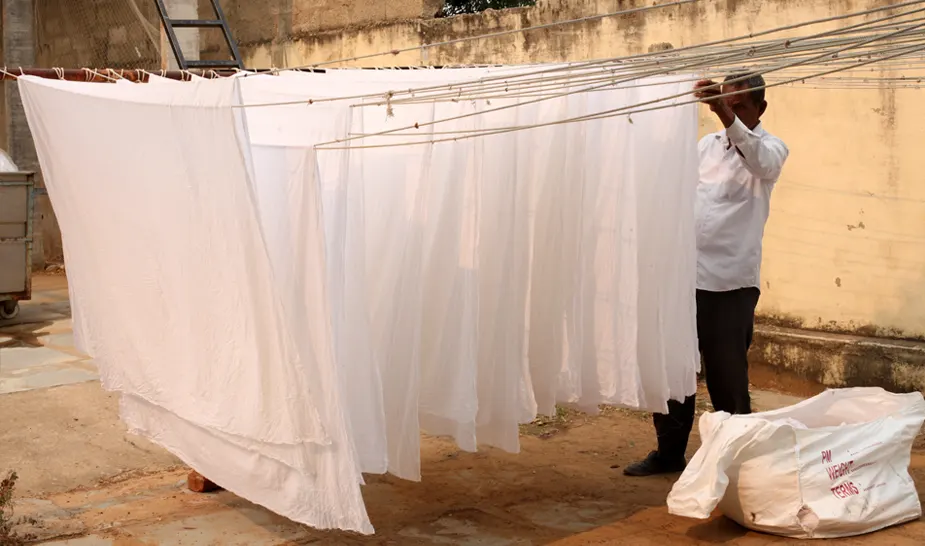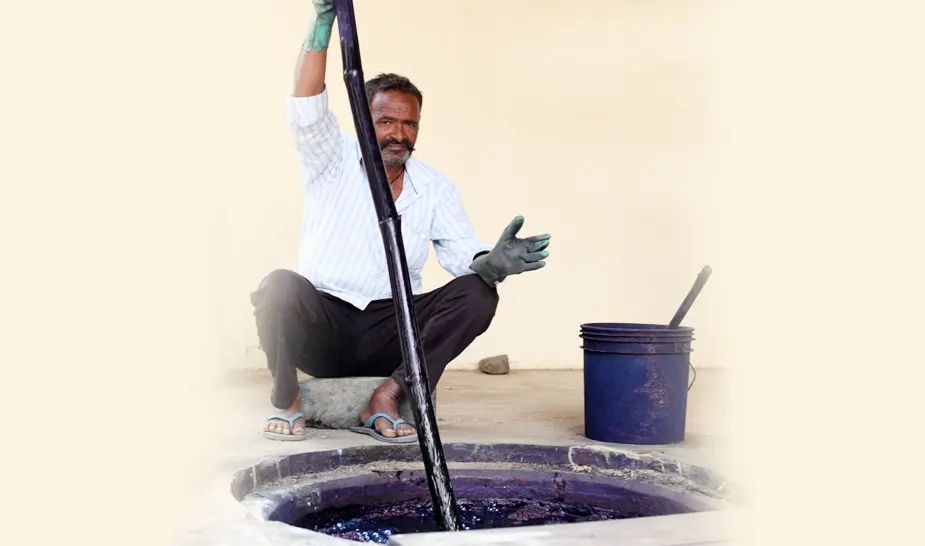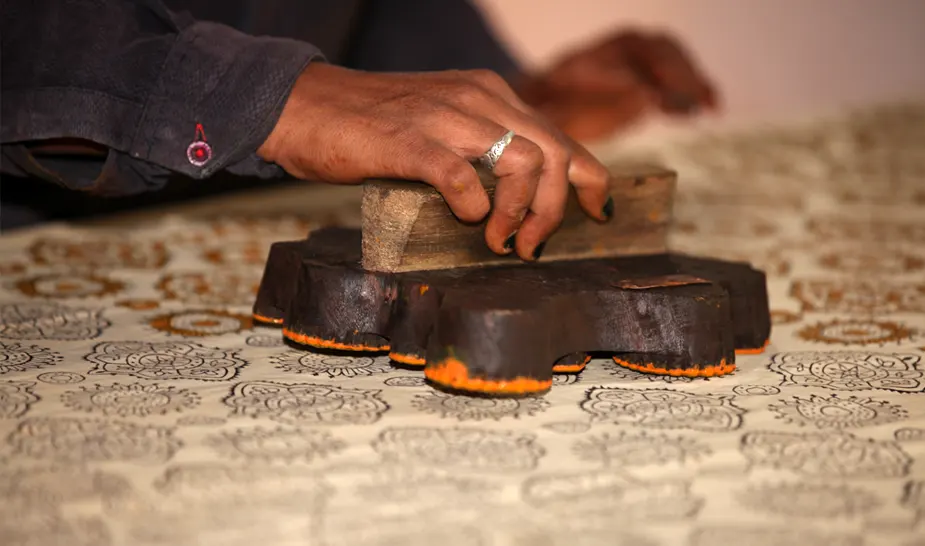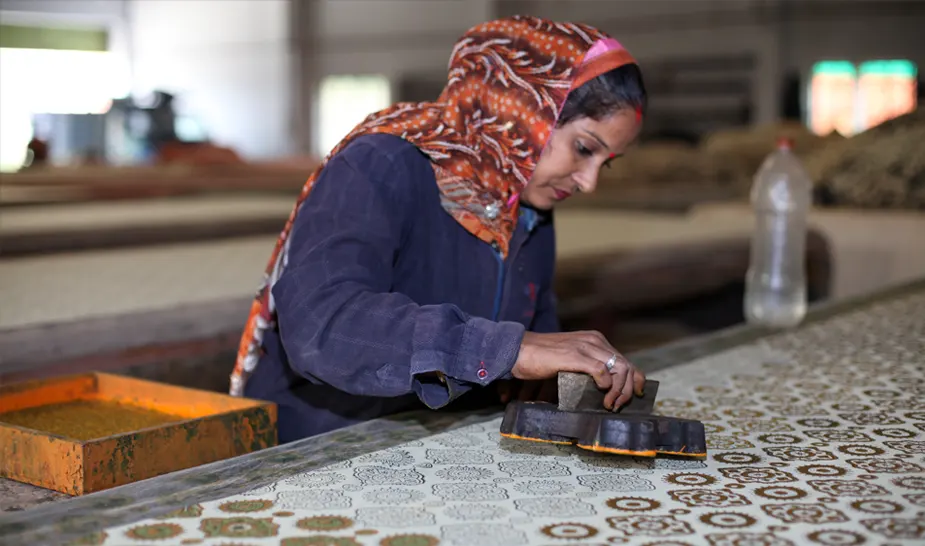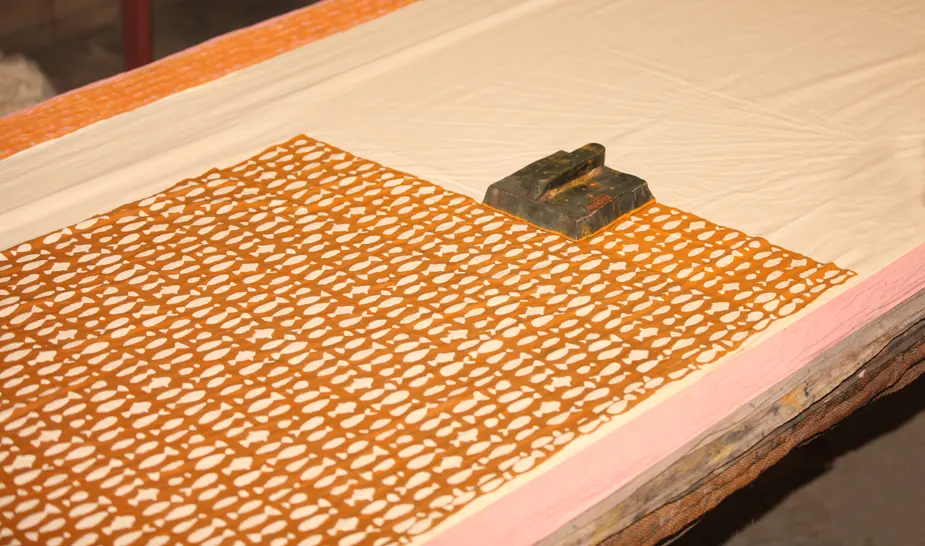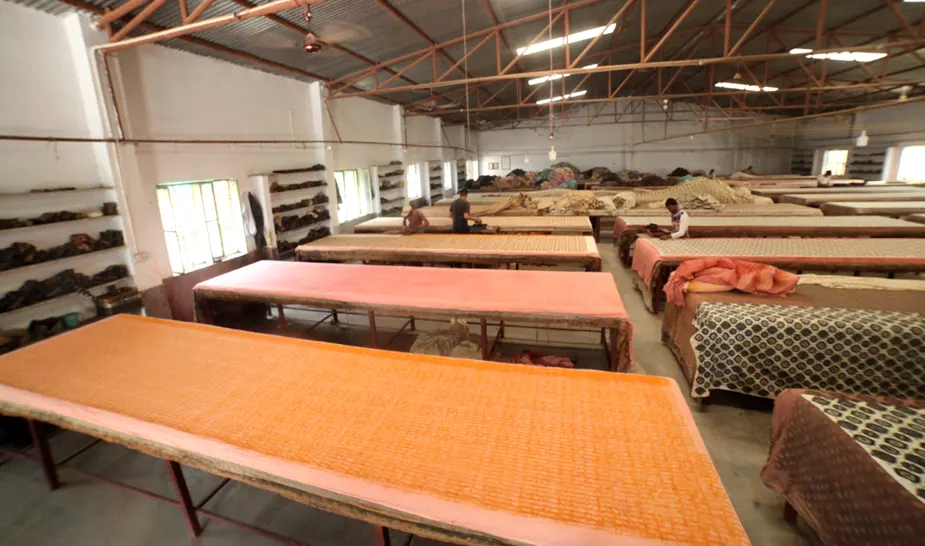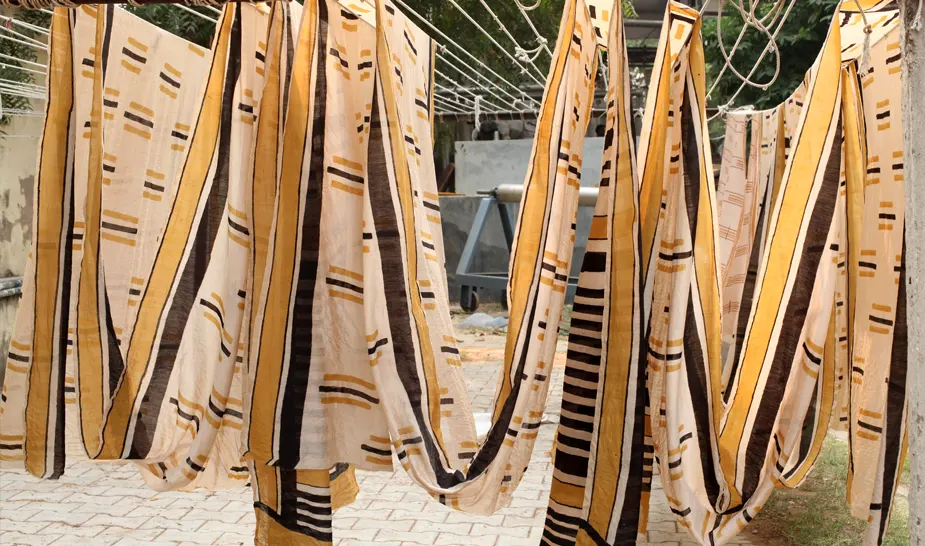
The Fascinating Legacy Of Indian Block Printing
Yards of fabric sprinkled with colourful motifs and pleasing designs that captivate the eyes with its rich colours. This is the magic of Block Prints. Be it a shirt, scarf, bag or a curtain, block printing products truly make a place in everyone’s’ heart.
A heritage craft and much-loved across India, block printing is known to have been around since the 12th century, although the technique and methods are thought to be around 2000 years old. The ‘Chippa’ community found in Rajasthan, were so called as their primary occupation was dyeing and printing on fabric. They later migrated and carried their occupation across the country, making block printing a well-known craft.
From Rajasthan’s popular Bagru print to Gujarat’s Ajrakh, this art form now dominates India’s fashion scene.
How does this printing happen?
Let us take you through it.
Block printing is basically the technique of pressing and stamping on fabric with carved wooden blocks that are filled with colour.
The cotton fabric is washed and soaked in water for about 24-48 hours to remove all the starch and then dried. A design of choice is created on paper and then transferred onto a smooth block of wood by the talented carvers who specialize in creating these wonderful blocks. They range from simple to intricate designs and the mastery is truly amazing.
After the fabric is cut to size and the natural colour is prepared, the blocks are ready to be stamped. They lay the fabric on the table, dip the blocks in colour and firmly press it on the fabric till it covers all of it. A steady hand and a keen eye make these artists masters at their craft. Being an extremely time-consuming process, the precision is important so as to not break the design or the motif.
Once the printing is complete and the colour has set, the fabric is thoroughly washed and dried. A final check on colour and quality is done, and voila, the block printing fabric is ready to be a showstopper.
In India, block printing holds special pride and has been perfected over generations. The Dabu print which is a mud printing technique in Rajasthan, Machilipatnam Kalamkari a style practised in Andhra Pradesh, to the geometric patterns of Ajrakh in Gujarat, this intense art form is now being modernised to give artisans a platform to showcase their talent.
What makes block printing so unique?
It is purely handcrafted with no use of machines. From washing the fabric, carving the wooden block to transferring the impression onto the textile, it’s the human hand that creates these beautiful variations and imperfections that make them so captivating. Each print and fabric is special, as they carry the artisans story, dedication and hard work.
It is also a sustainable form of art that can be practised on a large scale or in a corner of one's home. This eco-friendly technique stands out in times where machines are replacing humans. The intricacy of the art from lies in the hands that make them.
At Needle and Quest, there is a commitment of keeping this century old tradition alive. We operate in the spirit of fair trade, believing this gorgeous legacy keeps us connected to our roots and gives our artisans a life of dignity and recognition for their art.

